

Matt Campbell
2025 Porsche 911 Carrera T review
5 Days Ago

Contributor
The first Genesis model to be built on a dedicated electric platform will feature drift mode, facial recognition, and up to 450km of range.
The 2022 Genesis GV60 will be in Australia during the first half of 2022, and shares its e-GMP chassis with the Hyundai Ioniq 5 and Kia EV6.
At 4515mm long, 1890mm wide and 1580mm tall, the GV60 is 175mm shorter than a Hyundai Tucson, but 35mm wider. The GV60 also has a 145mm longer wheelbase than the Tucson.
It’s 90mm longer and 20mm narrower than a Volvo XC40 Recharge Pure Electric, again with a 198mm longer wheelbase.
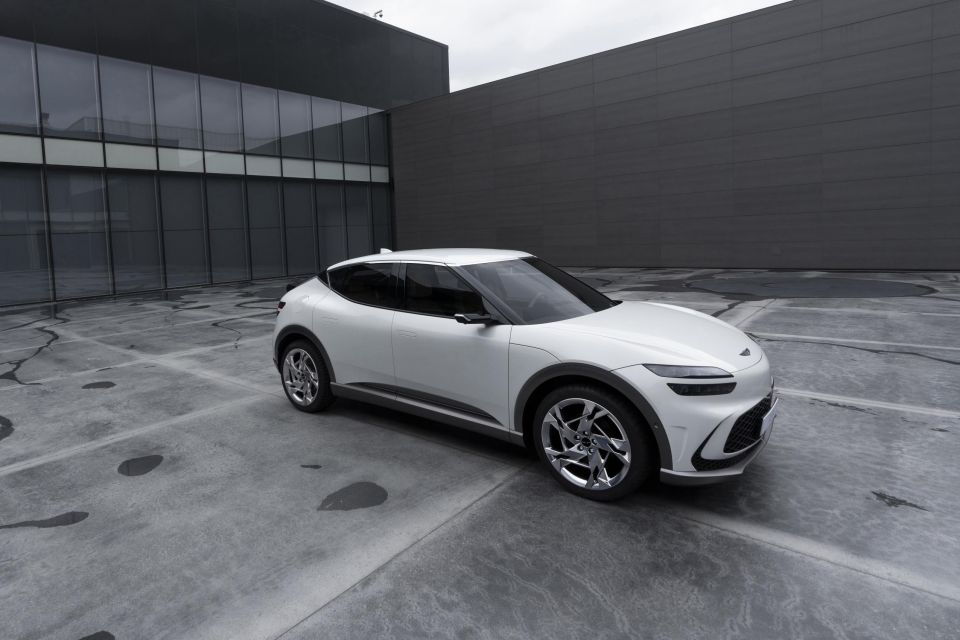
Three models will be offered globally, all of which feature a 77.4kWh lithium-ion battery pack.
Thanks to the 800V charging hardware baked into e-GMP, it’s capable of charging from 10 to 80 per cent in 18 minutes on a 350kW public DC fast charger.
It’ll charge at 11kW plugged into the right kind of AC wall box, and like the Ioniq 5 and Kia EV6 can output 3.6kW of power to run appliances or charge (slowly) another electric car.
The base rear-wheel drive model has 168kW of power and 350Nm of torque, while the all-wheel drive model combines a 160kW rear motor with a 74kW front motor for a combined 234kW and 605Nm.
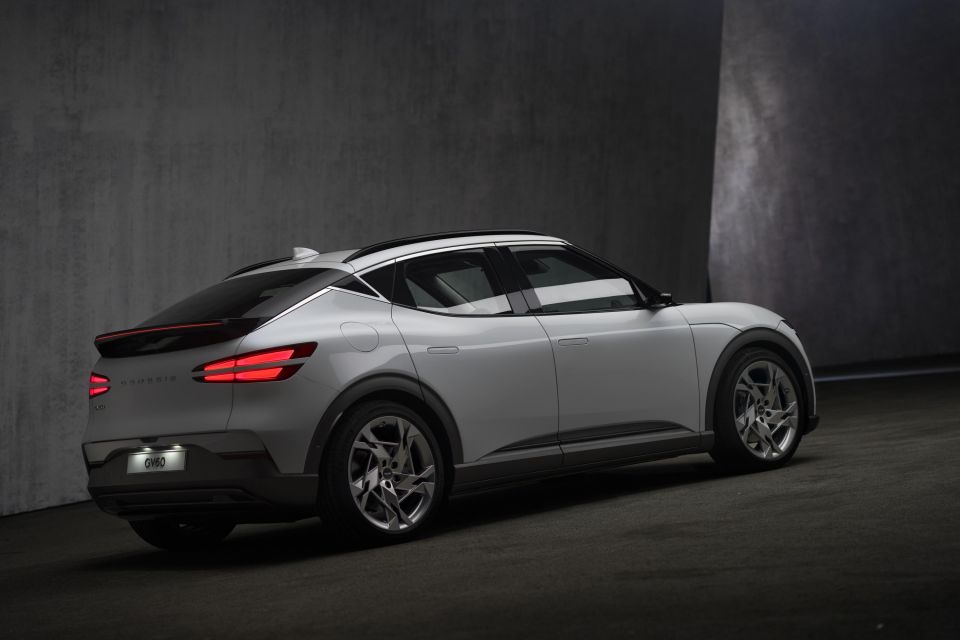
Finally, the range-topping performance model has two 160kW motors for a peak power output of 320kW, and an identical peak torque figure of 605Nm.
In its Boost Mode, which primes the motors to provide peak output for 10 seconds, the fastest GV60 hits 100km/h in 4.0 seconds from standstill.
In its most aggressive mode, Genesis says the regenerative braking system allows for true one-pedal driving. Drivers will be able to toggle different regen levels using the paddles behind the steering wheel.
Under the skin, the GV60 rides on the same active adaptive suspension system as the GV80 SUV. It uses a camera to scan the road and, combined with sat-nav data, adjust the damping on the fly.
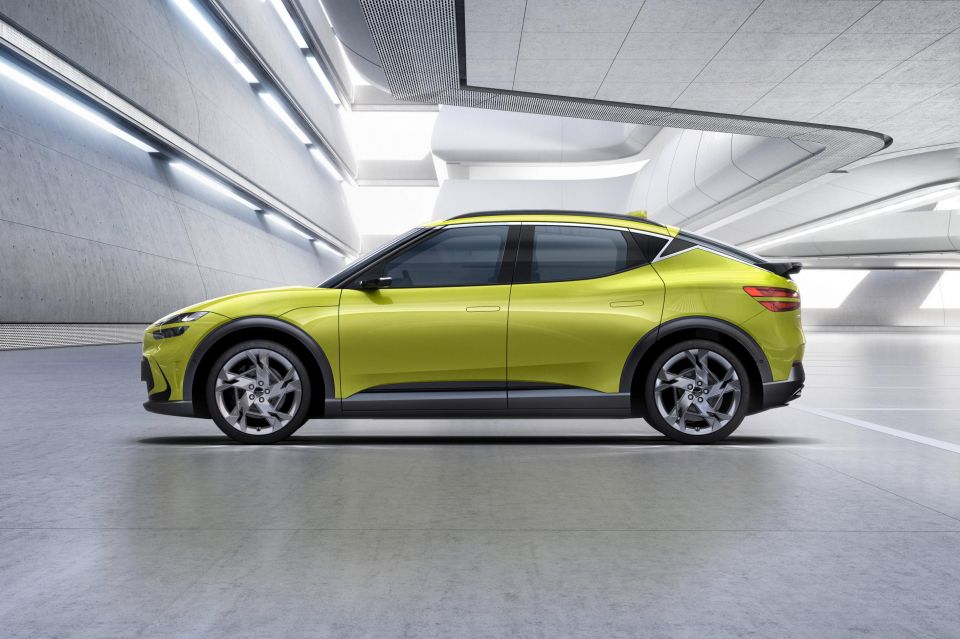
Along with technology designed to mimic a limited-slip differential on the rear axle, the GV60 features a Drift Mode. It’s activated by putting the car in Sport, turning off the ESC, and holding the steering wheel paddles for three seconds.
Genesis previewed the feature with video of a GV60 cutting shapes in the desert, so it’s not clear if you’ll be able to enjoy some tail-out antics on grippier surfaces.
As is becoming more common, over-the-air updates will be used to keep not only the car’s infotainment system fresh, but also its motor controls and suspension setup.
Genesis is using the GV60 to debut a face unlock system. Owners can unlock by touching the door handle, at which point a Near Infra-Red scanner in the b-pillar scans their face and opens the doors.
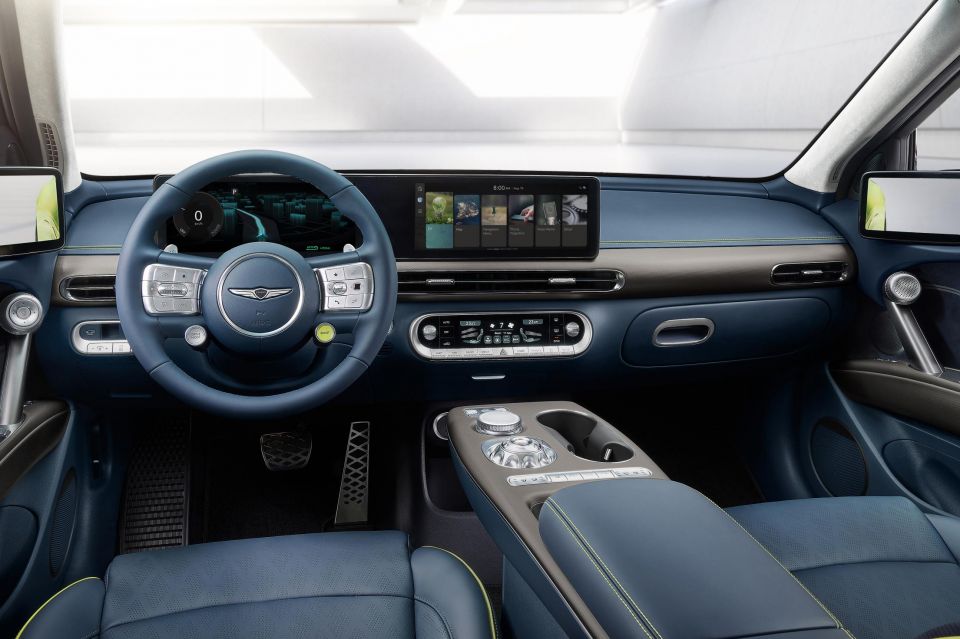
Think of it as an automotive take on Apple Face ID. It’s able to remember two faces, and will automatically set up the cabin for the driver it detects – because seat memory buttons are so passé.
Once you’re in, a fingerprint sensor in the start button allows the GV60 to start without a key. It can also be used to authenticate payments for charging, and to lock the car into Valet Mode.
Genesis hasn’t confirmed how big the displays on its dual-screen infotainment setup actually are, but it says the screens and head-up display work in tandem to display large amounts of information without overwhelming the driver.

A 17-speaker Bang and Olufsen sound system is offered, a first for Genesis.
A full suite of active safety assists will be standard, including the latest highway assist system from the Hyundai Group.
The GV60 is one of three Genesis electric cars due in Australia in the first half of 2022. One of its siblings will be the G80 Electrified, another hasn’t been revealed.
Where expert car reviews meet expert car buying – CarExpert gives you trusted advice, personalised service and real savings on your next new car.
Scott Collie is an automotive journalist based in Melbourne, Australia. Scott studied journalism at RMIT University and, after a lifelong obsession with everything automotive, started covering the car industry shortly afterwards. He has a passion for travel, and is an avid Melbourne Demons supporter.


Matt Campbell
5 Days Ago


James Wong
4 Days Ago


Max Davies
3 Days Ago


Josh Nevett
2 Days Ago


Josh Nevett
1 Day Ago
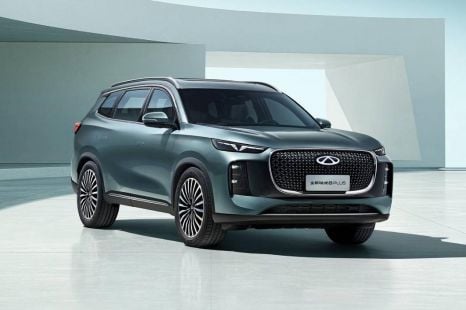

William Stopford
14 Hours Ago